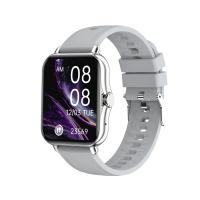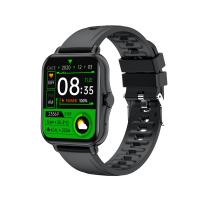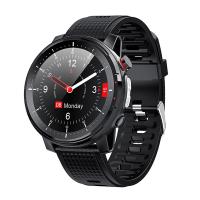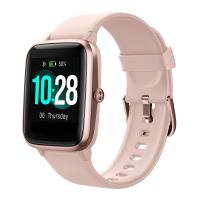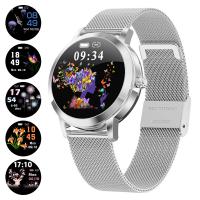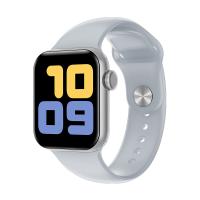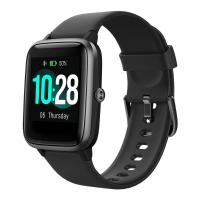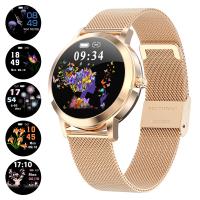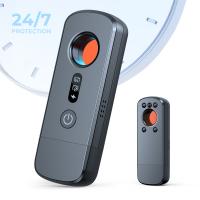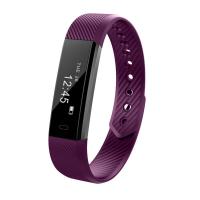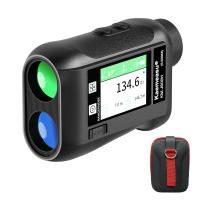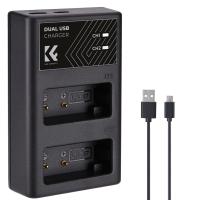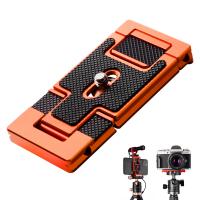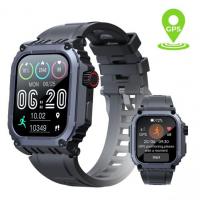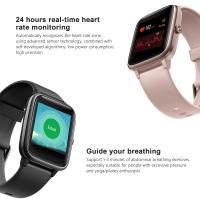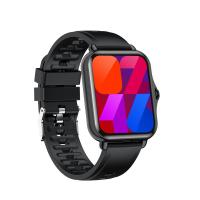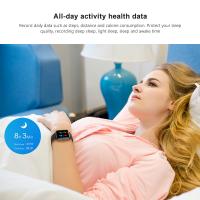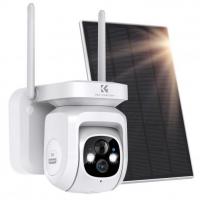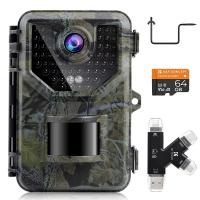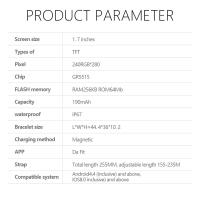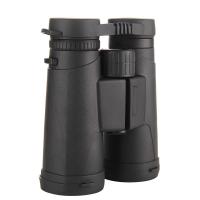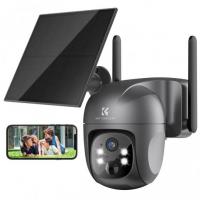How Does A Smart Watch Read Blood Pressure?
In recent years, wearable technology has evolved dramatically, and smartwatches have become highly sophisticated gadgets that offer various health-monitoring features. One of the most impressive and sought-after features is the ability to monitor blood pressure. This article delves into how smartwatches read blood pressure, examining the underlying technology, accuracy, and potential benefits of this innovation.
The Evolution of Health Monitoring in Smartwatches
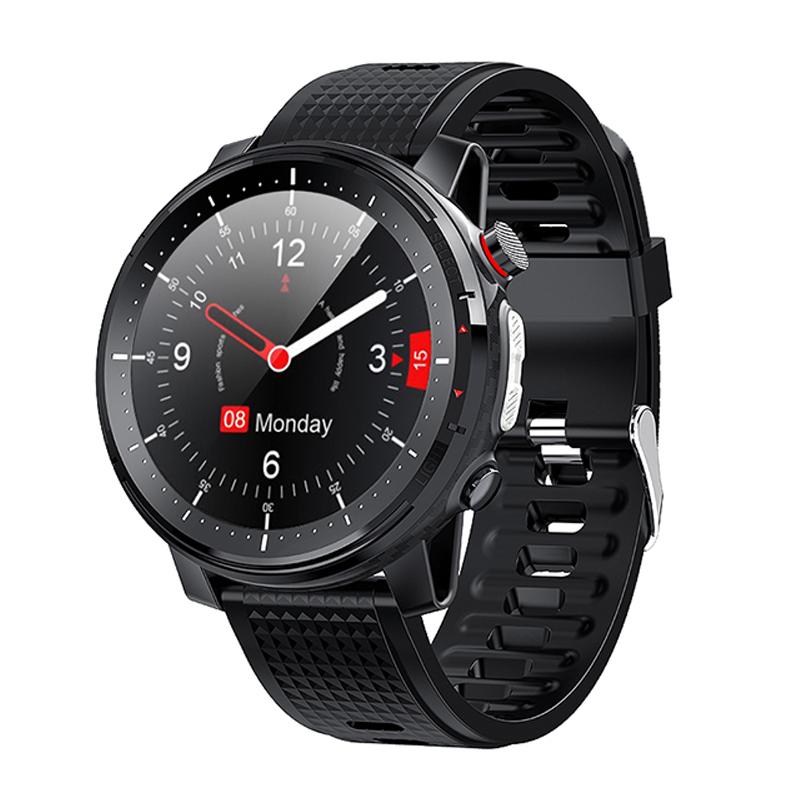
Initially, smartwatches were primarily used for notifications and basic fitness tracking. However, the integration of advanced sensors and algorithms has fundamentally changed the capabilities of these devices. Today, smartwatches can monitor heart rates, conduct electrocardiograms (ECGs), track sleep patterns, and even measure blood pressure. As society becomes more health-conscious, these wearables are transitioning from luxury items to essential health tools.
The Science Behind Blood Pressure Monitoring
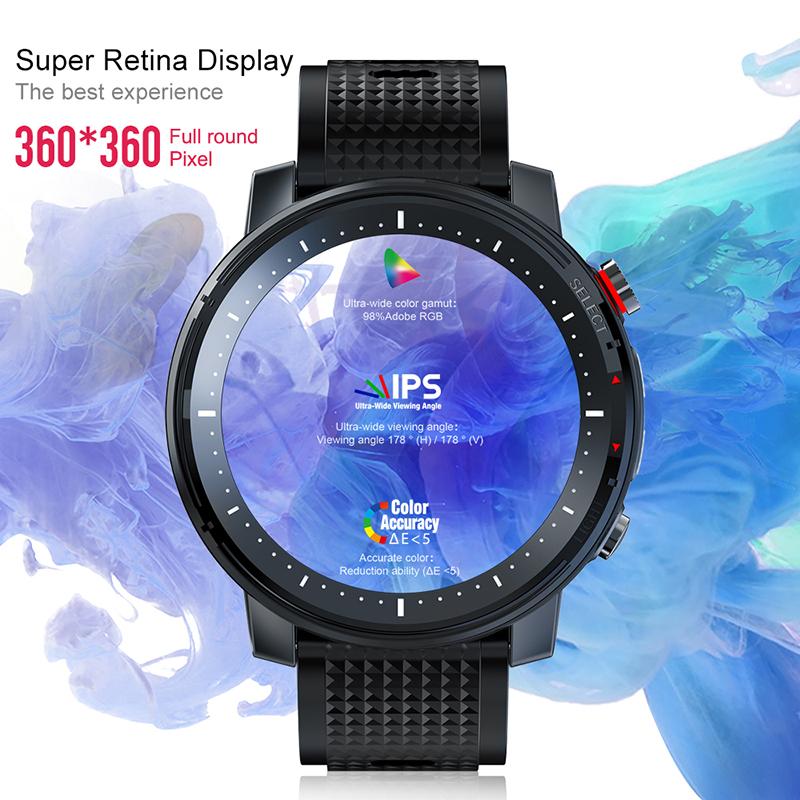
Blood pressure is a critical health metric indicative of cardiovascular health. Traditional blood pressure cuffs measure it by detecting the force of blood against the walls of arteries. This non-invasive method involves inflating a cuff around the arm to constrict blood flow temporarily and then measuring the pressure as the blood begins to flow again.
While this method is accurate and widely used, it's not practical for continuous monitoring, mainly because it requires the user to remain still and follow specific instructions. This is where smartwatches come into play, providing a more convenient alternative with the potential for continuous monitoring.
How Smartwatches Measure Blood Pressure
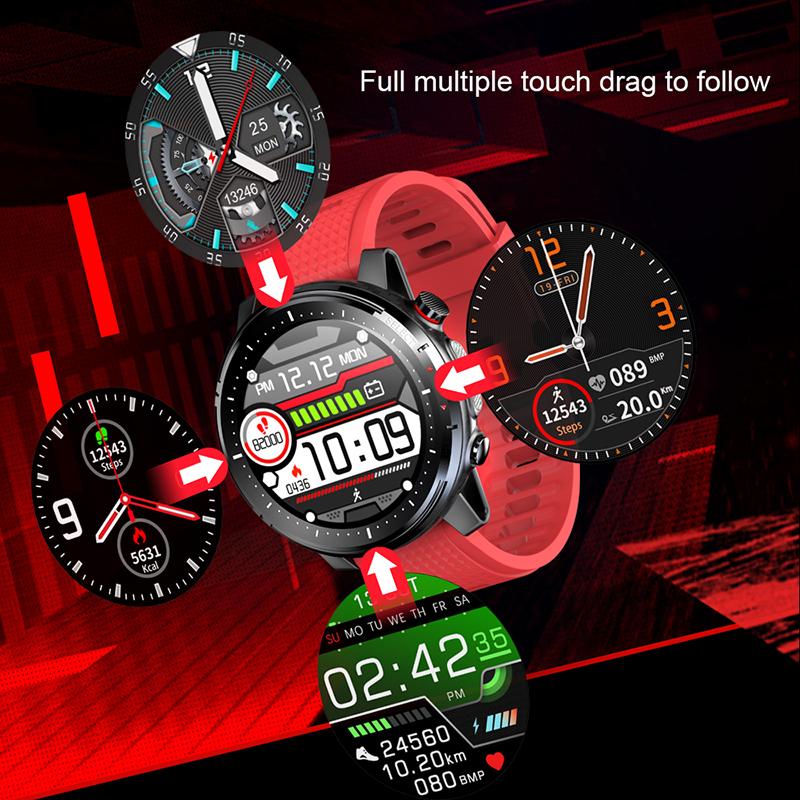
Smartwatches use a combination of sensors and algorithms to estimate blood pressure. Here are the key technologies involved:
1. Photoplethysmography (PPG): At the heart of many smartwatches, PPG sensors measure blood volume changes in the microvascular bed of tissue. LEDs emit light into the skin, and photodetectors measure the amount of light either absorbed or reflected back. Variations in these measurements can help determine heart rate and blood flow patterns, indirectly assisting in blood pressure estimation.
2. Electrocardiogram (ECG): Some advanced smartwatches incorporate ECG features. ECG monitors electrical signals produced by the heart, providing insights into heart rhythm and other cardiovascular activities. When combined with PPG data, it can enhance the accuracy of blood pressure estimations.
3. Calibration: Most smartwatches require an initial calibration with a traditional blood pressure cuff. Users measure their blood pressure using the cuff a few times, and the smartwatch software uses this data to calibrate its algorithms. Once calibrated, the smartwatch can provide blood pressure estimates throughout the day.
4. Pulse Transit Time (PTT): PTT is the time it takes for blood to travel between two arterial sites after a heartbeat. By measuring the time delay between heartbeats registered by the ECG and the pulse wave detected by the PPG, the smartwatch can estimate blood pressure. This method is promising but still under refinement for consumer devices.
Evaluating the Accuracy
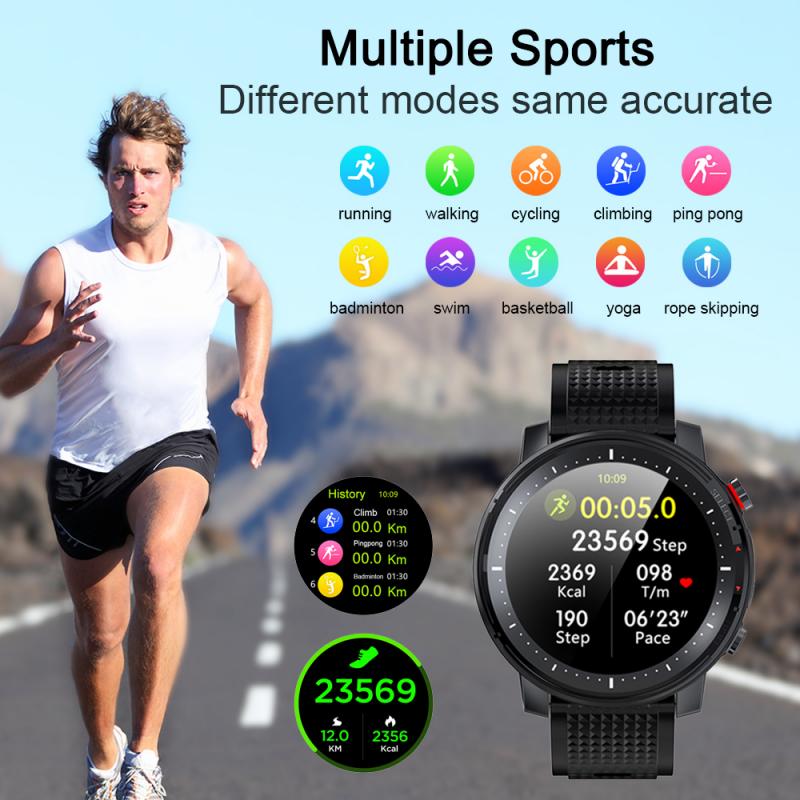
One of the significant concerns regarding smartwatch-based blood pressure monitoring is accuracy. While the technology has made commendable strides, it's essential to recognize that it isn't a direct replacement for conventional sphygmomanometers (blood pressure monitors).
1. Calibration Limitations: The initial calibration process is critical but can be a double-edged sword. Accurate calibration can lead to reliable readings, but any deviation can skew measurements.
2. Variable Factors: Factors like wrist positioning, skin tone, wrist size, and movement can affect sensor readings. Manufacturers continuously update algorithms to account for these variabilities but achieving the ideal balance remains a challenge.
3. Clinical Validation: Some smartwatches undergo rigorous testing and receive regulatory approval in regions like the United States and Europe. However, these validations are not universal, and the efficacy can vary between products.
Benefits and Use-Cases
Despite accuracy concerns, smartwatch-based blood pressure monitoring offers several significant benefits:
1. Convenience: The primary advantage is the ability to monitor blood pressure seamlessly throughout the day. This is particularly beneficial for individuals requiring frequent monitoring, such as those with hypertension or other cardiovascular conditions.
2. Early Detection: Continuous monitoring enables early detection of abnormal blood pressure patterns, which can trigger timely medical intervention and potentially prevent severe health issues.
3. Holistic Health Tracking: By integrating blood pressure monitoring with other health metrics like heart rate, sleep patterns, and physical activity, smartwatches provide a comprehensive view of the user's health. This holistic approach can assist healthcare providers in making more informed decisions.
4. Behavioral Insights: Over time, users can recognize patterns and correlations between activities, stress levels, and blood pressure. This self-awareness can lead to lifestyle adjustments that improve overall well-being.
Practical Considerations and Tips
For those interested in leveraging smartwatch technology for blood pressure monitoring, here are some practical considerations:
1. Device Selection: Not all smartwatches offer blood pressure monitoring. Even among those that do, the accuracy and user experience can vary. Opt for devices that have been clinically validated and have positive user reviews.
2. Regular Calibration: Periodic calibration with a traditional blood pressure cuff ensures that the smartwatch maintains its accuracy. Most manufacturers recommend recalibrating every few weeks or as directed.
3. Consistent Usage: For reliable data, wear the smartwatch consistently. Sporadic usage can lead to data gaps, reducing the effectiveness of continuous monitoring.
4. Consult Healthcare Providers: While smartwatches offer valuable insights, they should complement, not replace, traditional medical advice. Consult healthcare providers when interpreting smartwatch data to make informed health decisions.
The Future of Smartwatch Blood Pressure Monitoring
The trajectory of smartwatch technology is promising, with continual advancements in sensor technology, algorithms, and integration with healthcare systems. Future smartwatches may offer even more accurate and diverse health-monitoring features, making them indispensable health tools.
Moreover, as data privacy and security measures improve, users can confidently share their health data with healthcare providers, facilitating better diagnosis and personalized treatment plans.
Smartwatches have revolutionized how we monitor our health, with blood pressure monitoring being one of the standout features. While not a perfect replacement for traditional methods, the convenience and potential for continuous monitoring offer considerable benefits. By understanding how these devices work and using them judiciously, users can significantly enhance their health and well-being.
As technology evolves, smartwatches will likely become even more integral to our health management routines, offering sophisticated and accurate health insights at our fingertips.



